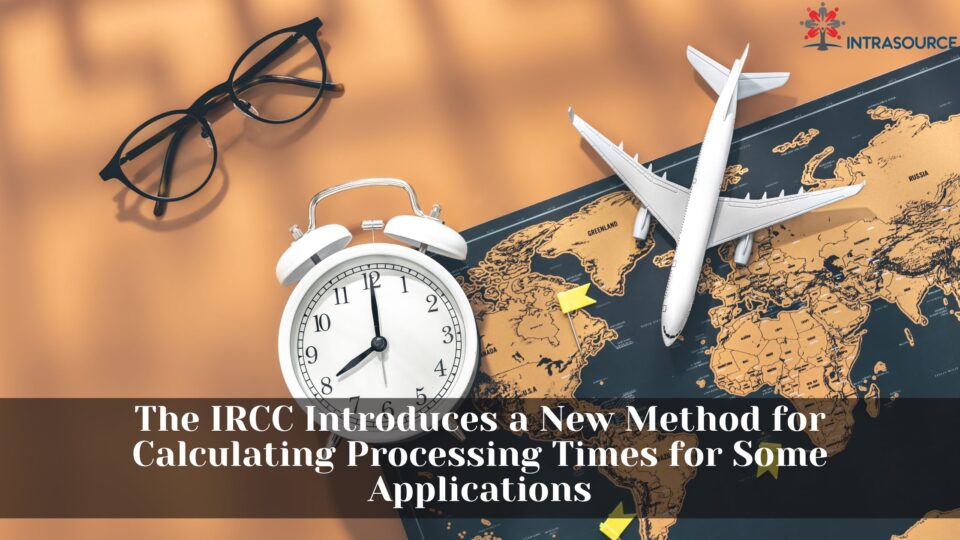The Immigration Refugees and Citizenship Canada (IRCC) has made a significant shift in the way it calculates application processing times. The new change, aimed to enhance predictability for applicants, will surely grab attention among those looking to immigrate or obtain citizenship in Canada.
Anticipating the Wait: How Long Is Now?
Anyone who has dealt with immigration knows that IRCC processing times can be nerve-racking. IRCC’s latest move towards using forward-looking processing times intends to demystify the waiting period. These prospective timelines are a boon for applicants who can now get a clearer picture of how long they might need to wait. They are prominently displayed online for major immigration routes like Express Entry under Canadian Experience Class, Provincial Nominee Programs, and the Federal Skilled Workers program, among others.
By incorporating this approach, IRCC is addressing criticisms highlighted in the Office of the Auditor General’s recent report. It recommended online updates considering both volume and age of applications—a strategy that is more transparent and aligned with current inventories.
IRCC’s Service Standards: Commitment to Timeliness
Service standards reflect IRCC’s commitment to processing times—whether it’s 12 months for spousal sponsorship or six months for an Express Entry permanent residence application. This information is critical as it sets expectations right from the outset of the application process. As per these standards, applicants know what timeline is ‘reasonable,’ guiding their plans accordingly.
Forward vs Backward Processing Times
The concept of forward-looking processing times might come off as a complex novum. Simply put, it includes calculating estimates not on historical data but on present and future scenarios such as volume in queue and projected processing capabilities. This dynamic model adapts to various factors including annual immigration levels and seasonal variations—potentially offering more accurate forecasting.
Until now, processing estimations were backward-looking—taking cues from past completion rates of applications. However, this method remains relevant still for temporary residence applications such as student or work visas. With clearer communication around timelines, IRCC aims at building trust and efficiency in its operations—an improvement eagerly anticipated by thousands across the globe.
IRCC’s Processing Times and Backlogs
When considering reapplication to one of the programs under the Immigration, Refugees and Citizenship Canada (IRCC), it is essential to recognize the advising stance of IRCC on this matter. The department has clearly indicated that for those who have already submitted their applications, there’s no need to reapply. This guidance is given with the understanding that “If you have already applied, you are closer to the front of the queue.” In essence, as applications are processed chronologically based on their receipt dates, most applicants will experience a turnaround that aligns with the new forward-looking processing times before a final decision is made.
IRCC’s Inventory Update
As part of its transparency, IRCC provides regular updates regarding its inventory of applications and delineates them based on whether they meet service standards. The term ‘backlog’ denotes applications that have not been processed within these standards. As of March 31, IRCC reports a total of 2,121,200 applications in its inventory; 1,320,000 of these meet service standards, while 892,000 are backlogged.
Breaking Down by Application Type
Permanent Residence:
The total count for permanent residence applications stood at 746,000. Here, 440,000 applications are being processed within service standards while 306,000 are part of the backlog.
Temporary Residence:
Temporary residence applications encompassing work, study, and visitor visas show mixed figures: out of 1,204,000 total temporary residence applications in inventory, 665,400 were within service standards and a considerable amount—538,600—fell into the backlog category.
Study Permits:
In particular attention deserves noting is that 46% of study permit applications are backlogged. The recent procedural changes concerning Canada’s international student program have significantly impacted this sector. Since January when IRCC required every province to issue Provincial Attestation Letters (PALs) to international students from designated learning institutions, there has been a lag due to most provinces lacking an immediate system for these letters until March.
Citizenship Applications:
Within citizenship applications numbering 262,000 in total inventory; the majority (214,000) meet service standards with a smaller portion (47,400) falling behind as a backlog.
Conclusion
For individuals considering reapplying after having coupled with the actual application process details released by IRCC could be unnecessary and ill-advised according to the latest guidelines provided by IRCC. They can remain confident that their application is set to be addressed in due course following a systematic queue based on submission order. It’s imperative for applicants and stakeholders alike to stay updated with IRCC’s regular updates for an informed understanding of the current application landscape.


